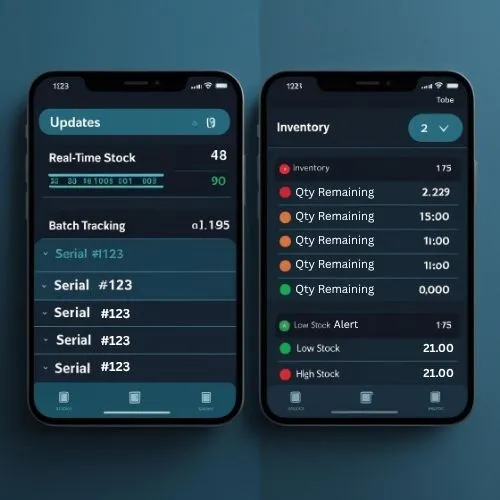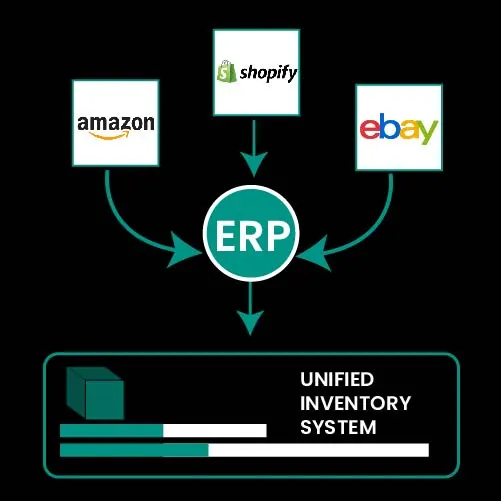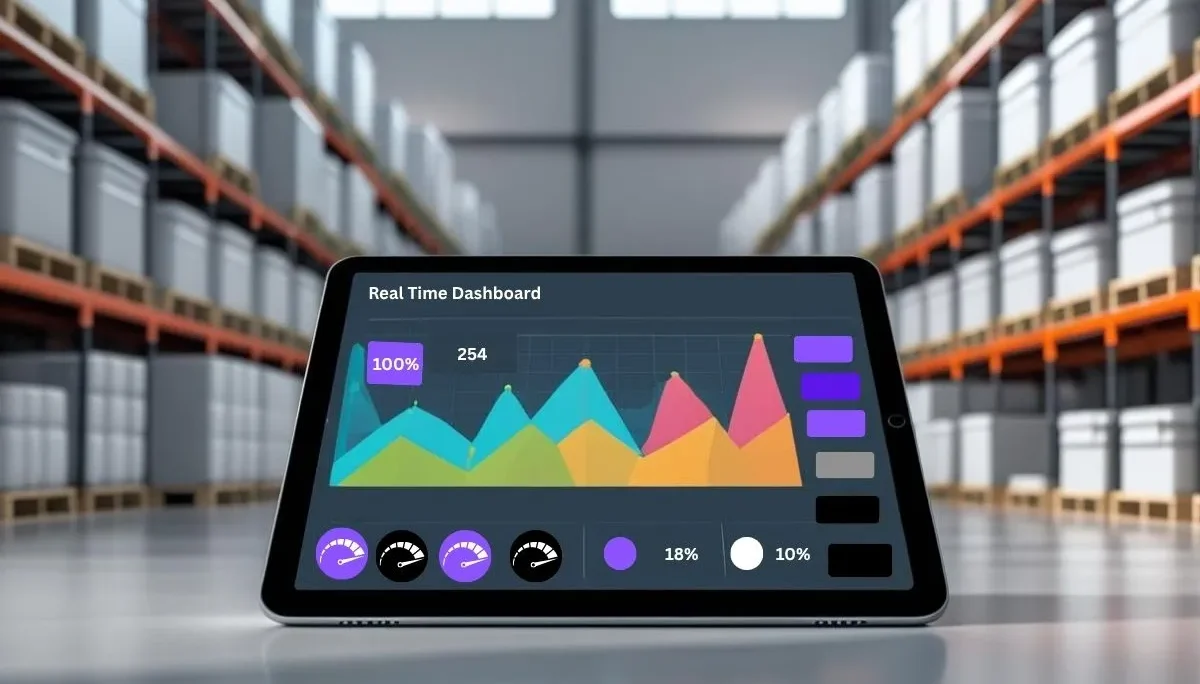Introduction
Inventory is the foundation of any product-based business. Whether you’re in manufacturing, wholesale, or e-commerce, efficient stock tracking is essential to avoid costly errors, overstocking, or supply shortages. That’s where ERP (Enterprise Resource Planning) inventory control systems come in.
An ERP system enables businesses to streamline stock tracking, optimise warehouse management, and automate key inventory processes. According to UpKeep, nearly 50% of inventory management issues are caused by human error—highlighting the need for automation and accurate, real-time visibility.
1. Why Inventory Management with ERP Matters
ERP systems offer centralised control over stock movements, enabling businesses to:
- Minimise stockouts and overstocking
- Reduce manual data entry and errors
- Improve order fulfilment speed
- Gain real-time visibility into inventory levels
A well-implemented ERP helps maintain accurate stock records, reducing financial losses and ensuring smoother day-to-day operations.
2. Real-Time Stock Tracking and Centralised Control
One of the key features of ERP stock management is real-time tracking. Businesses can monitor current inventory levels across multiple locations from a single dashboard.
Features include:
- Live inventory updates
- Batch and serial number tracking
- Alerts for low stock levels
- Stock movement logs and audit trails

This visibility helps companies make informed decisions on restocking, redistribution, or discontinuing products that are no longer performing.
3. Automated Sales and Purchase Order Management
ERP inventory systems streamline both sales and purchase order management. Integration with suppliers and vendors enables:
- Automated reordering when stock reaches a threshold
- Tracking order status from purchase to delivery
- Notifications about stock availability and delays
- Reduced reliance on manual procurement processes
This integration significantly reduces procurement delays and improves supplier collaboration.
4. Multichannel Order Fulfilment Made Simple
For e-commerce businesses operating on platforms like Amazon, Shopify, eBay, or Facebook Marketplace, managing multichannel inventory can be complex.
ERP systems simplify this by:
- Synchronising stock across all channels
- Managing returns, exchanges, and cancellations
- Automatically updating inventory after each sale
- Centralising order data for better insights
This ensures customers get accurate delivery estimates and avoids the risk of overselling.

5. Seamless Stock Transfer and Warehouse Management
Manual stock transfers are time-consuming and error-prone. With ERP solutions, you can:
- Track internal stock transfers between warehouses
- Automate storage and picking processes
- Optimise space usage and stock rotation
- Prevent product expiry or excessive storage costs
This is especially useful for businesses with multiple warehouses or distribution centres.
6. Integrated Payment and Financial Management
ERP systems also offer integration with finance modules, enabling:
- Invoice generation and tracking
- Supplier and vendor payments
- Secure payment processing within the ERP
- Cost allocation for inventory purchases
By managing stock and finances in a unified system, businesses can maintain tighter control over costs and cash flow.
7. Cross-Platform and Departmental Integration
ERP inventory control supports integration across:
- E-commerce platforms
- Shipping and logistics providers
- Accounting systems
- Sales, marketing, and operations departments
With this unified structure, businesses gain a single source of truth—reducing miscommunication and delays across teams.
8. Reports and Analytics for Smarter Decision-Making
With built-in analytics tools, ERP systems provide:
- Inventory turnover rates
- Dead stock and slow-moving item reports
- Storage duration and holding cost analysis
- Custom dashboards for KPI monitoring
These reports help businesses adjust pricing, phase out underperforming products, and align stock levels with demand forecasts.
Conclusion: Future-Proof Your Business with ERP Inventory Control
Efficient stock tracking and inventory control aren’t just about counting products—they’re about enabling growth, avoiding waste, and maximising profitability.
With ERP-based inventory management, businesses can:
- Automate complex workflows
- Reduce human error
- Make data-driven inventory decisions
- Scale across multiple platforms and locations
Ready to streamline your inventory and improve your supply chain efficiency? Explore our ERP solutions or book a free consultation with our team today.





